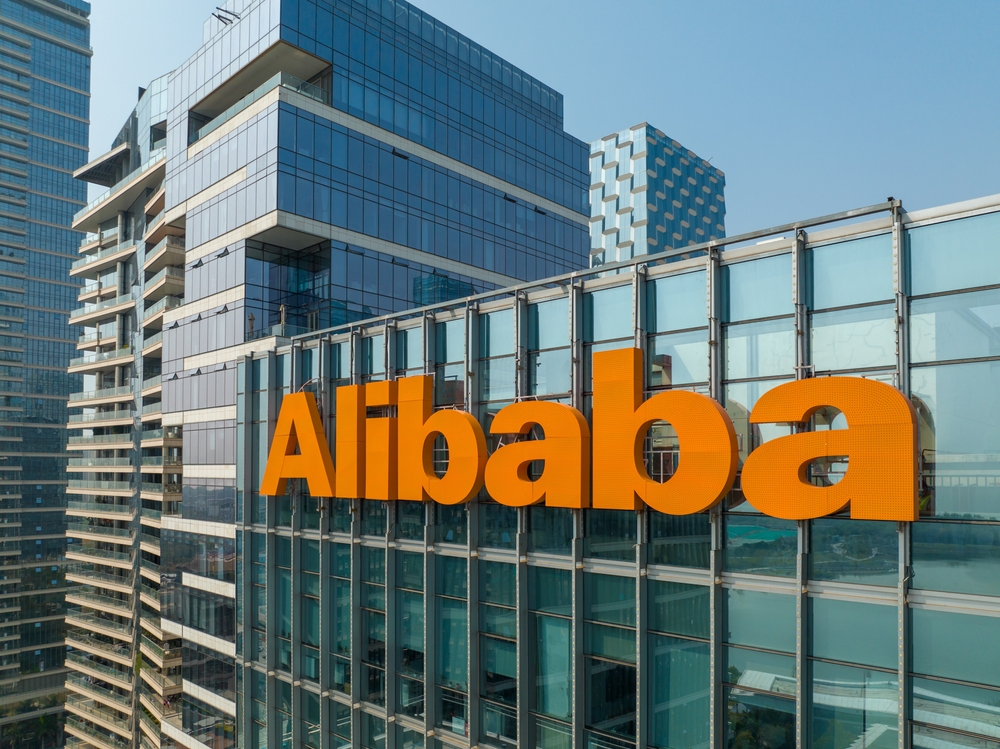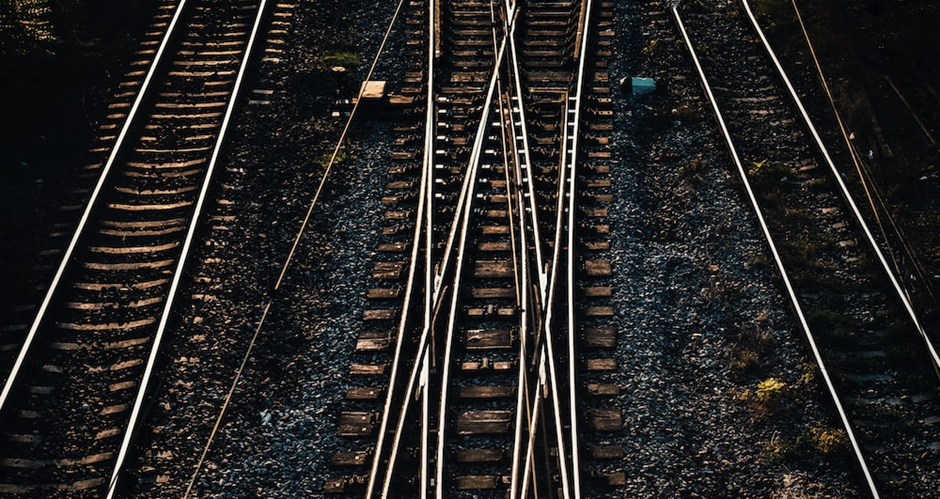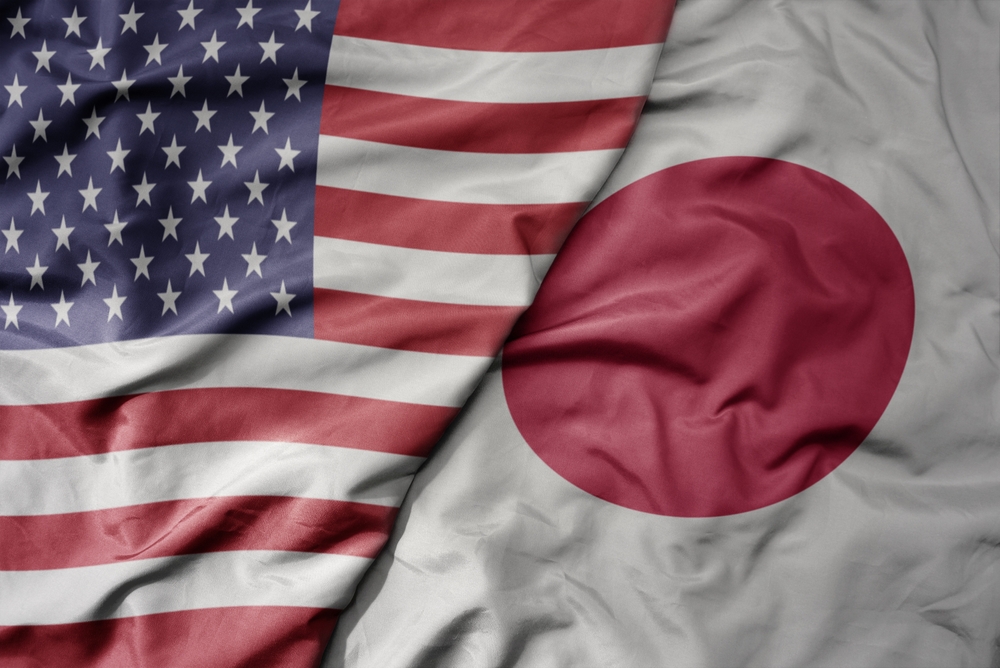China's Belt and Road Initiative (BRI), which began a decade ago, is undergoing a significant transformation. The ambitious infrastructure and economic development project that aimed to connect China with Europe and other parts of the world through a network of roads, railways, and ports has faced scrutiny and criticism for its impact on the environment, risky debt burdens on participating countries, and concerns about China's growing influence. In response, China is now recalibrating the BRI, moving toward a more realistic and sustainable approach. Here are some ways in which the BRI is changing:
Ironing Core Issues
The BRI has faced criticism for its impact on the environment and unsustainable debt burdens on participating countries. Investigations and reports have shed light on countries struggling to repay loans from Chinese lenders, leading to concerns about debt sustainability. To combat this, China is actively implementing tighter regulations and control over various sectors, including technology, data protection, and private funds to increase transparency around BRI projects, reduce spending, and reform lending terms.
Focus on Sustainability
One of the central changes in the Belt and Road Initiative is a renewed focus on sustainability. The initiative is now emphasizing environmental concerns and green development. China has pledged to halt the construction of coal power plants overseas, signalling a commitment to cleaner energy projects. Additionally, China is promoting green projects such as wind and solar farms and electric vehicle battery factories within the framework of the BRI. Future BRI projects are likely to be smaller and greener to deploy. In 2021, Chinese President Xi Jinping called for the prioritization of "small and beautiful" projects, which Chinese officials suggest will appeal to local populations. This shift reflects a global trend towards sustainability and aligns with international efforts to combat climate change.
Reduced Reliance on Government Loans
Another significant change is the reduced reliance on government loans for BRI projects. In the past, Chinese development banks provided loans to governments, which sometimes led to debt-related issues which many dubbed it as debt-trap diplomacy. Now, China is moving towards projects that rely more on investments by Chinese companies rather than development loans to governments. This shift may help mitigate the debt trap diplomacy accusations that have been levelled against China in the past. Projects like high-speed railways and oil and gas pipelines with revenue streams are expected to be a part of the new BRI strategy.
Geopolitical Dynamics
China's efforts to reshape the Belt and Road Initiative come amidst shifting geopolitical dynamics. While the United States and its allies have been cautious about endorsing the initiative and have been working to reduce their reliance on Chinese manufacturing and supply chains, countries like Russia have expressed support for the BRI. This divergence reflects the broader geopolitical competition between major world powers. China is actively seeking to engage countries in the Global South, particularly in regions like South America, Africa, and Southeast Asia, to gain support for its initiative and to counterbalance Western influence.















